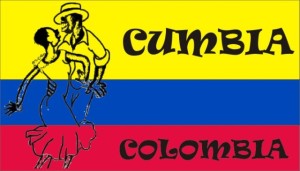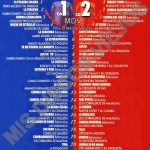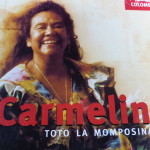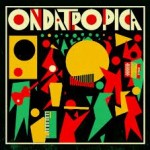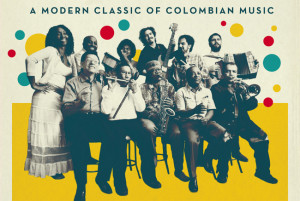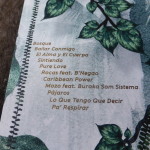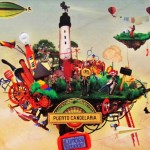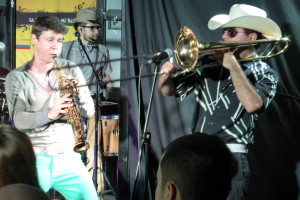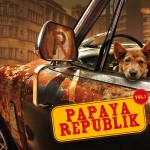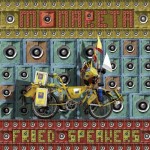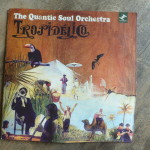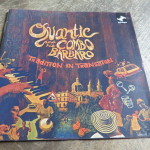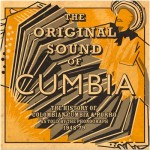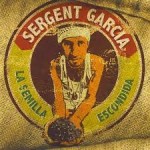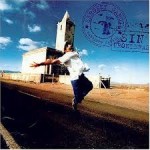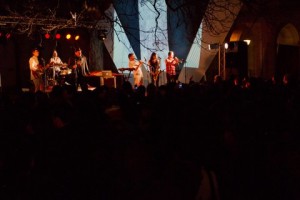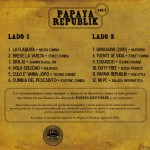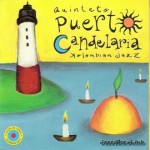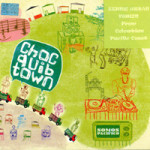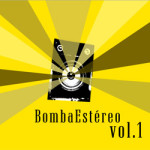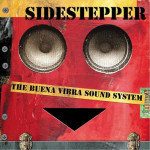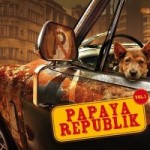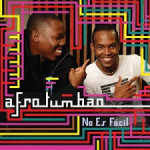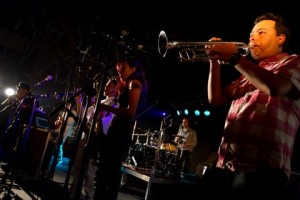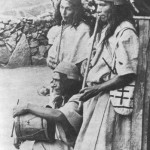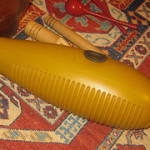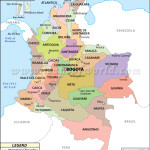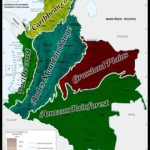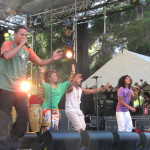‘C’ in the A-Z of Music Genres, Beaver Style (ie. ‘fusion’) goes to Cumbia – old school and new.
Older (But Still ‘New’) School Cumbia
In its original form Cumbia music developed around the Caribbean coast of Colombia during its period of colonization by the Spanish. It became a fusion of music styles and instruments from the indigenous Colombian peoples of that region (the colonized), the Spanish (invading colonists) and African slaves bought to Colombia by those colonists to work.
A tragic history for Africans and Colombians yes…which brought about the awesome sounds of Cumbia that have since spread throughout the world and morphed into its many different forms.
Here you can sample some older (but still ‘new’) school Colombian cumbia songs. They’re the oldest I have in my collection anyway – cumbia goes way back a long, long time before this…
‘La Zenaida’ – Armando Hernández – La Cumbia Colombiana
‘Yo Me Llamo Cumbia’ – La Integracion – La Cumbia Colombiana
New School Cumbia
Cumbia has come a long way since its origins.
Throughout history countless artists from around the world have taken cumbia and mixed it with their own regional music styles and/or modern ones like hip-hop, electro and jazz to create new and unique forms of music.
Here you can feast on the sounds of the newer school of cumbia music. Check out these sample (mp3 only) tracks by 10 current artists whose music I know and love from the USA, France, England and of course Colombia.
Toto La Momposina (Colombia)
To my ears Toto La Momposina is the Queen of Contemporary Cumbia. She’s also on my ‘Live Music Experience Bucket List’.
Hailing from Talaigua Nuevo, a town in Northern Colombia, Toto La Momposina’s music draws heavily on traditional cumbia music and dance (amongst other Latin music styles like Cuban son, bullerengue, chalupa, rumba and guaracha).
Her music is celebrated in Colombia, the rest of Latin America and the wider world through which she has toured extensively in her long career.
Check out some sample tracks from some of Toto La Momposina’s albums, including her version of one of the older school sample tracks above…
‘Yo Me Llamo Cumbia’ – La Bodega (2009) – Toto La Momposina
‘Manita Uribe’ – La Bodega (2009) – Toto La Momposina
‘La Sombra Negra’ – Carmelina (1995) – Toto La Momposina
‘El Pescador’ – La Candela Viva (1993) – Toto La Momposina
Ondatrópica (Colombia/England/Chile/ Peru+)
‘Cumbia Espacial’ – Ondatrópica (2012) – Ondatrópica
Read more about Ondatrópica and hear more Ondatrópica sample tracks here.
Bomba Estereo (Colombia)
‘Bailar Conmigo’ – Elegancia Tropical (2012) – Bomba Estereo
Kartel Pacifico (Colombia)
‘Care Cumbia’ – Coctel (2012) – Kartel Pacifico
Puerto Candelaria (Colombia)
‘Cumbia Veracruz’ – Cumbia Rebelde (2011) – Puerto Candelaria
Here you can check out more sample Puerto Candelaria tracks and a video of a live Puerto Candelaria show in Medellin last year.
Papaya Republik (Colombia)
´Cumbia Del Pescaito´ – Vol 1 (2010) – Papaya Republik
Read more about Papaya Republik & listen to other Papaya Republik tracks here.
Monareta (Colombia)
‘Cumbia de la Sierra’ – Fried Speakers (2010) – Monareta
The Quantic Soul Orchestra
(aka Will Holland – England – + his global music collaborators)
‘Los Olvidados’ – Tropidelico (2007) – The Quantic Soul Orchestra
Check out more sample tracks from The Quantic Soul Orchestra + other Will Holland albums here.
- Quantic And His Combo Barbaro
- Ondatrópica (2012) – Ondatrópica
- The Quantic Soul Orchestra – Tr
You can also find these Quantic cumbia fusion albums…
- The Original Sound of Cumbia
- Hip Hop En Cumbia
Here you can also check out a video of a DJ set by Will Holland (aka Quantic) at WOMADelaide Festival 2014…
Sergent Garcia (France)
‘Yo Me Yoy Pa’ La Cumbia’ – Mascaras (2006) – Sergent Garcia
Hear more sample tracks from Mascaras + Sergent Garcia’s other albums here.
- Una y Otra Vez
- La Semilla Escondida (2003)
- Un Poquito Quema’o (1999)
- Sin Fronteras (2001)
Ozomatli (USA)
‘Cumbia De Los Muertos’ – Ozomatli (1998) – Ozomatli
Cumbia certainly has made an incredibly profound musical mark all through Latin America and the rest of our big wide world.
I love cumbia in all its many diverse forms, old school and new. Don’t you?
‘C’ is for Chutney & More
Along with Cumbia, ‘C’ is for so many other music genres from around the world, fusion Beaver style. Here are a few of the ones I like the sound of…
Candombe – fusion of African and Uruguayan styles developed by African-Uruguayan slaves in the 19th century.
Chicken scratch – fusion of Native American, White American, Mexican, and European styles, performed by the Native American Tohono O’odham people.
Chutney – Caribbean pop music that fuses calypso and cadence with several Indian styles.
Conjunto – fusion of Mexican and German styles developed by Mexican-Americans who had bought German instruments in Texas; it also introduced elements of Caribbean and Cuban music.
Crunk – fusion of hip hop and EDM, known for its heavy basslines and shouted, call-and-response vocals; often used incorrectly as an umbrella term for Southern hip hop.
Crunk&B – fusion of crunk and contemporary R&B.
Crunkcore – fusion of crunk and scream.
Anyone got some Chutney or Candombe music to share?
